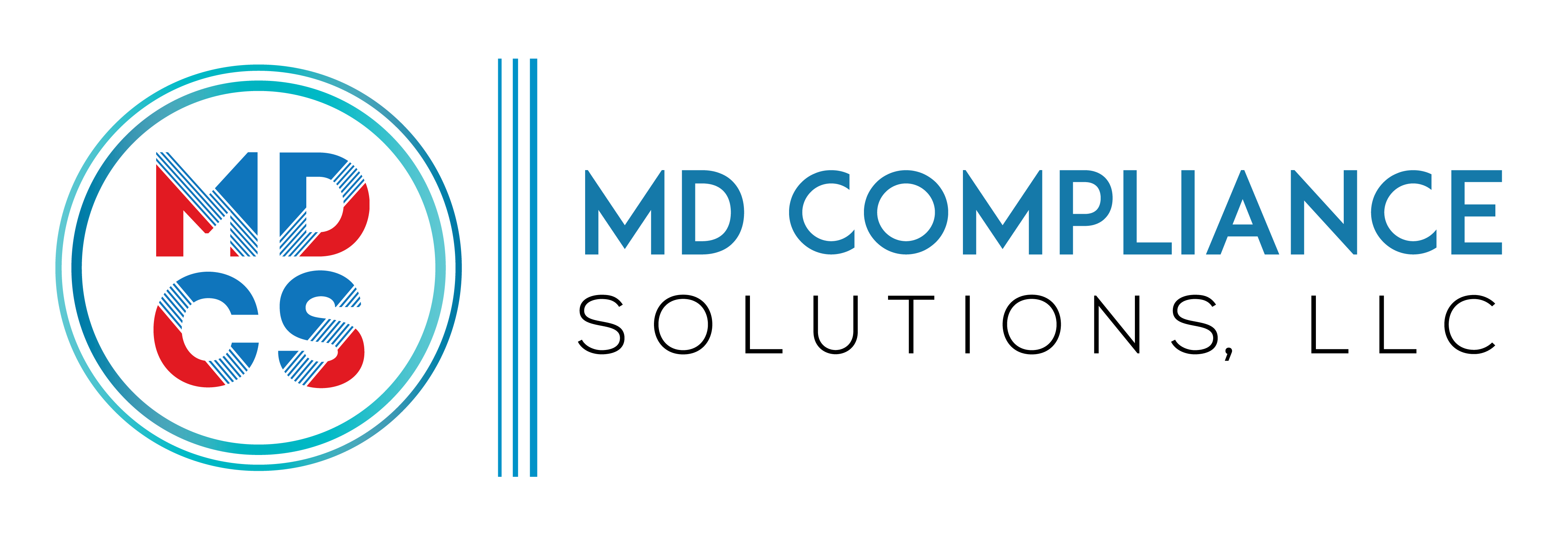Table of Contents
Urgent care billing and coding facilities have emerged as essential to the timely and effective delivery of healthcare services, as millions of patients visit them annually. However, the core of these centers, medical billing and coding, frequently experience difficulties that might affect the practice’s overall productivity and profitability. The important facets of urgent care billing and coding will be covered in this tutorial, along with advice on guaranteeing correct payment and efficient operations.
Urgent Care Billing and Coding Guidelines
The International Classification of Disease, Procedure Coding Systems is the foundation for urgent care facility coding and reporting rules (ICD-10-PCS). Correct coding of medical services depends on following these rules, particularly those found in the Health Insurance Portability and Accountability Act (HIPAA).
E/M codes are essential for illustrating medical professionals’ caliber of care. To expedite the claim filing process, CMS has implemented improvements, and focused on “electronic claim filing.” Urgent care billing and coding procedures directly impacted by the updated Place of Service (POS) code, code 20. (HIPAA), are essential for precise medical service classification.
Handling Specific Elements of Urgent Care Billing and Coding
Accurate coding requires an understanding of the seven-character ICD-10-PCS codes. While history and examinations are no longer required for E/M services, they are still necessary for CPT codes 99202–99215, which include bypass and biopsy treatments. These procedures call for certain coding methodologies. An important change in E/M code selection is the transition from face-to-face to total time spent with the patient.
Knowledge of the Urgent Care Billing Process
Clinical receptionists gather necessary patient information during pre-registration until the urgent care billing process starts. For urgent care centers to run smoothly, electronic health records, or EHRs, are essential to proper patient record management.
Improving revenue while cutting costs related to expensive collection operations requires optimizing the billing and coding processes. For a more effective option to internal administration, urgent care medical coding and invoicing can be outsourced.
Special “S” Codes Only for Urgent Care Centers
The Healthcare Common Procedure Coding System (HCPCS) codes that are exclusive to urgent care centers begin with the letter “S,” such as S9088 and S9083. These codes are essential for streamlining the billing procedures for diagnosing and treating medical disorders. The payment for urgent care services is expressly covered by S9088, which calls for the proper matching with an Evaluation and Management (E/M) code. However, S9083 pays for services rendered regardless of the patient’s care. These “S” codes guarantee thorough and correct invoicing for medical treatments provided by urgent care facilities.
Category of CPT Codes for Urgent Care
Urgent care billing relies heavily on Category 1 CPT codes, which are used for ample medical treatments. Optional performance measuring instruments, or Category 2 CPT codes, offer extra quality control. Emerging technology Category 3 CPT codes are less frequently used in urgent care centers.
Common CPT codes for urgent care
Codes commonly used in urgent care billing and coding fall under Category 1 of the Current Procedural Terminology (CPT), such as 99214, 99213, and 99204. These codes are indispensable for the precise billing of a variety of patient encounters. These standards promise an accurate portrayal of the treatment given by offering a methodical approach to patient evaluation and management in urgent care. Through the utilization of Category 1 CPT codes, urgent care centers can effectively optimize their operational procedures, thereby supporting a standardized and efficient billing system that corresponds with the range and complexity of services provided during different patient encounters.
Billing Procedure for Urgent Care
The billing procedure at an urgent care center depends on the medical staff accurately documenting necessary patient data at admission time. Urgent care centers give priority to important elements to guarantee an efficient billing process. Remember, the Electronic Health Records (EHR) system reduces human data entry, upfront insurance coverage verification, and claim denials, all of which increase efficiency. Nevertheless, accuracy and customer service are improved by providing staff training on industry best practices. Frequent audits are indispensable since they spot any problems and areas for development. These elements work together to create the basis for an efficient and successful urgent care billing and coding procedure.
Simplifying Billing for Urgent Care
The urgent care billing process is greatly streamlined by implementing an EHR system, which reduces human data entry and improves accuracy. An effective and well-oiled billing process is facilitated by confirming insurance coverage, providing staff training, conducting frequent audits, and contracting out billing to outside firms.
Comprehending urgent care billing and coding regulations is essential for these clinics’ financial stability. Urgent care facilities can guarantee correct reimbursement, optimize operations, and concentrate on providing high-quality patient care by following the most recent developments and utilizing outside knowledge. MD Compliance Solutions cracks the code to successful urgent care billing.
Read More: Coding Procedures: When to Apply the Modifier 52

Reference: 1

